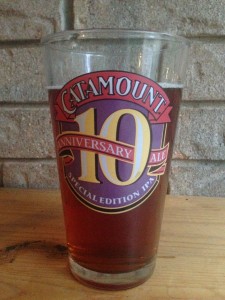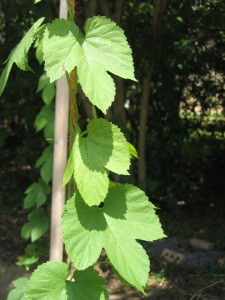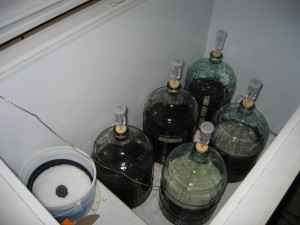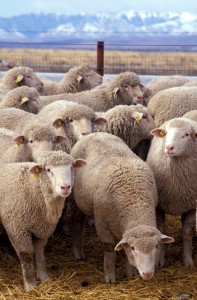Have I ever mentioned how I thought partial mashes are the way to go for stovetop extract brewers? This one has migrated from my brewing notebook to the Easy, Surefire Extract Beers series, and now I’ve reformulated it as a countertop partial mash. Both 2-gallon (~8-L) and 3-gallon (~11 L) mash tun versions are given. This amber ale is full-bodied, with plenty of caramel flavor as well as hop flavor and aroma.
Amber Socks Red Ale
Amber ale
by Chris Colby
Partial mash (countertop); English units
DESCRIPTION
An amber ale with caramel malt flavor and lots of hop flavor and aroma.










Recent Comments